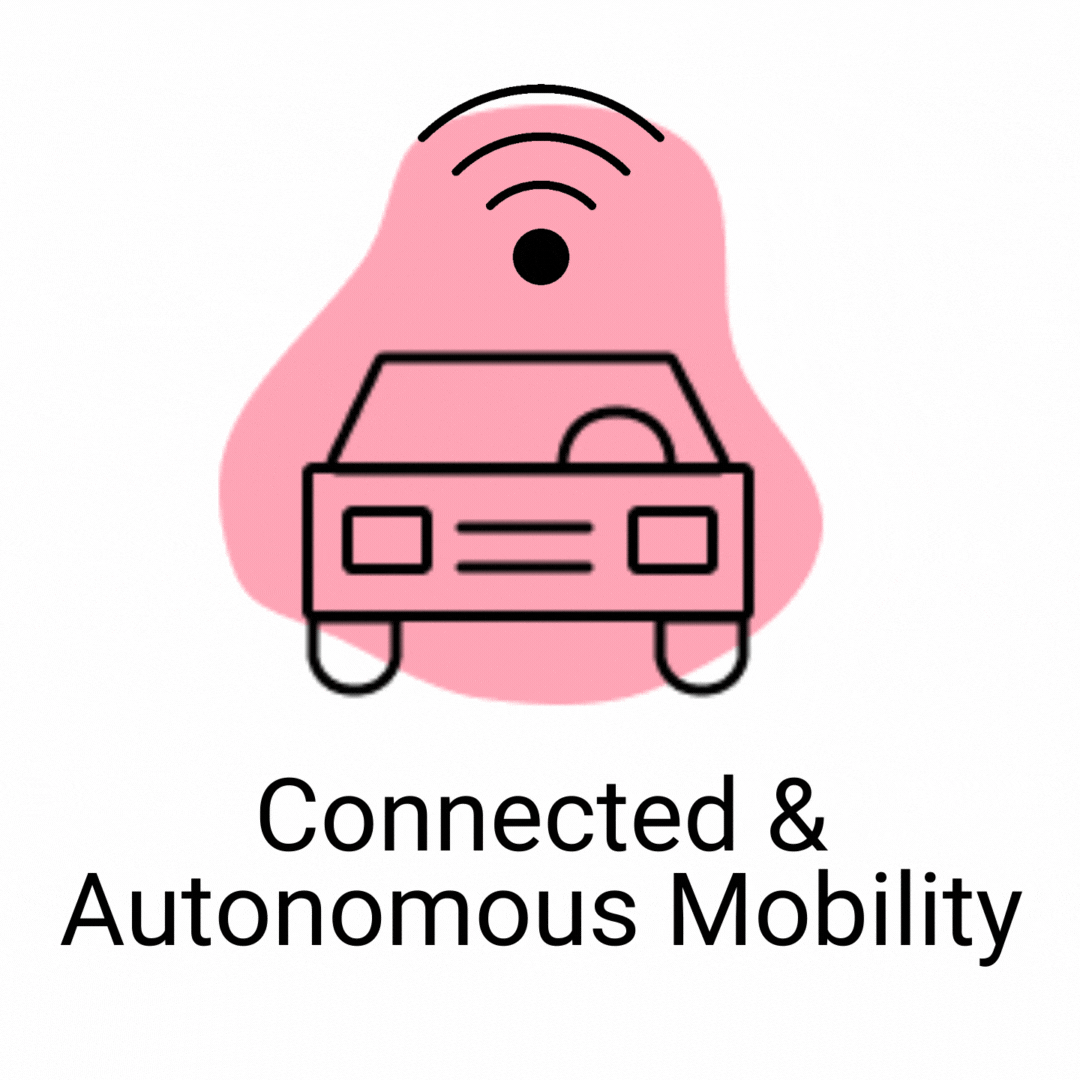Overview
ADAS and autonomous vehicles allow new control paradigms in traffic management. As the time horizon for driverless cars technology shifted forward in the future, collaborative driving and communication open new possibilities in the next 5-10y to realize control policies aimed at increasing safety, reducing congestion, and dissipate waves.
Collaborative driving results are available for vehicle-level controls and mostly focused on architecture and human-in-the-loop approaches. We aim at a macroscopic and network-level approach to exploit the potential impact of collaborative driving.
Research Objectives
Task 1. Definition of mean-field multi-scale models for collaborative driving and V2X communication and design of control algorithms for ACC and enhanced perception.
- Milestone 1. Model for multi-lane traffic and communication
- Deliverable 1: Publication with model and control algorithms
Task 2. Study case for ramp-metering: congestion decrease and safety. Numerical tests in Flow using Sumo.
- Milestone 2. Numerical test in Flow showing congestion decrease.
- Deliverable 2: statistical analysis of congestion’s decrease from numerical simulations.
Task 3. Study case of disruption scenarios for ramp-metering: accident on the downstream of a work zone that requires a lane change.
- Milestone 3. Numerical test in Flow for accident scenario.
- Deliverable 3: statistical analysis of accident scenario.








